The De La Chapelle Roadster Could Have Been India’s First Sports Car
Images: Anamit Sen & DLC
At the 1996 edition of the Paris motor show, Mondial de l’Automobile, in October, one of the stands, which really caught this writer’s fancy was that of specialist French carmaker De La Chapelle. On the stand were two of De La Chapelle’s highly reputed Bugatti replicas—the Atalante and the Type 55 Roadster—as well as a brand-new modern design, a mid-engine two-seater convertible, the De La Chapelle Roadster.
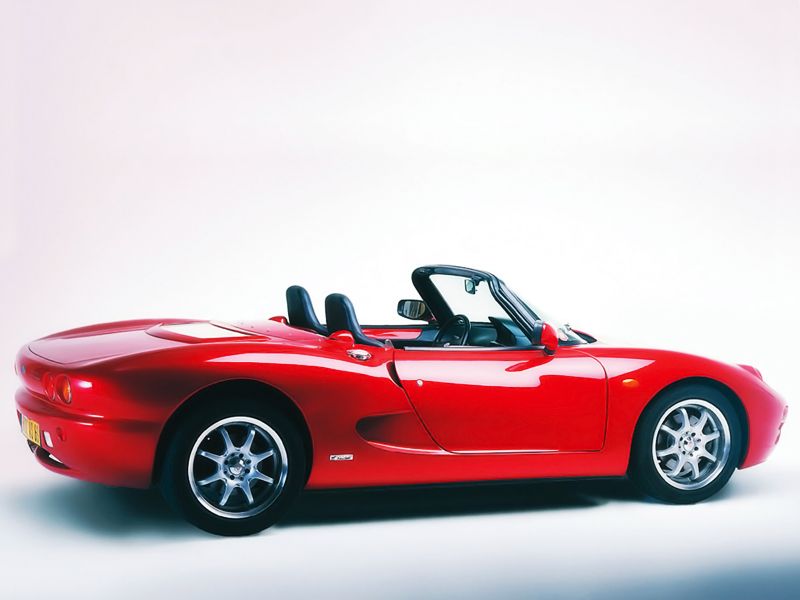
Designed by Lyon-based design studio, Barre Design (with the chassis engineered by Jacques Hubert, ex-René Bonnet), the De La Chapelle Roadster was very attractive in a neo-retro way. It had a voluptuous style that curved over the wheels in an undulating slim-hipped form—a design which managed to look both sensuous, yet muscular. With the engine located amidships, aft of the two seats, but ahead of the rear axle line, the layout was very modern, and was similar to that of the Porsche Boxster’s, which went on sale soon after (by late 1996).
With the Roadster, Xavier de la Chapelle, the owner of carmaker DLC, had hopes of vaulting from being a tiny dozen-cars-a-year carmaker (of the Atalante and the Type 55) to the relatively bigger league of small volume sports carmaker, with plans for up to a hundred cars every month, 1,200 during the year. If the Peugeot-sourced 167bhp 2-litre engine car’s pricing was right, at about 120,000 French francs, the volume could be attainable, reasoned de la Chapelle. Given French labour costs, that seemed very difficult. Would it be possible to get the Roadster made competitively in a low-labour-cost country like India?
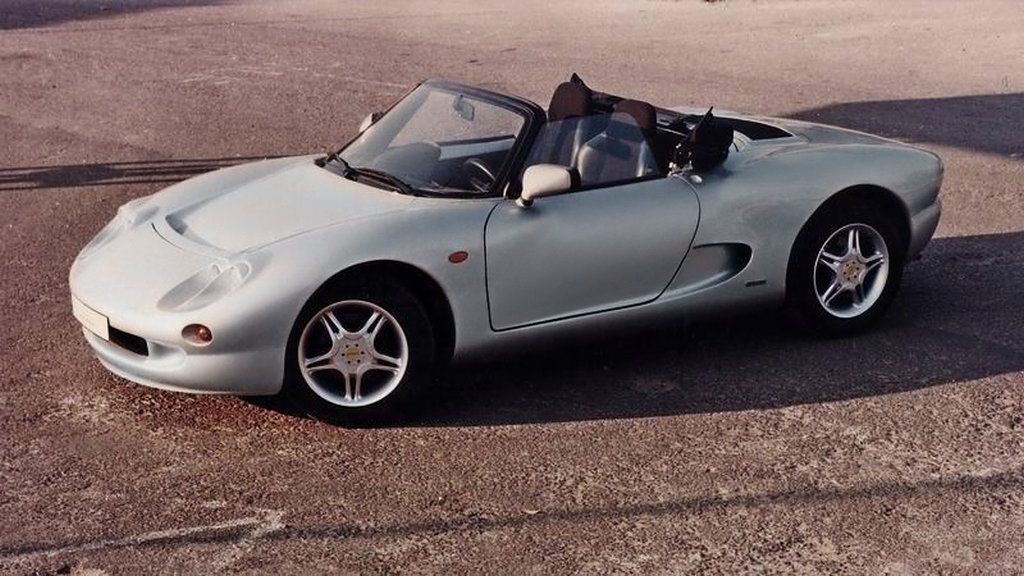
A little over a month later, ace rally tuner Shrikant Shah called this writer from Mumbai, explaining that he had the funding, and the mandate, for a sports car project. “Instead of developing a car from scratch, would you know of a recently developed car, which we could make in India?” Shah asked. The De La Chapelle looked like the best option.
Shrikant Shah and his business partner, Nikesh Thakkar flew to France to meet Xavier de la Chapelle, and after some hard, yet rapid negotiating, the trio reached an agreement. On 4 January 1997, the contract between Xavier de la Chapelle’s company, DLC, and DLC-Sagitta, the company founded by Shah and Thakkar, was signed and sealed. Soon after, a car was shipped out to Delhi for the Indian Engineering Trade Fair (IETF), which took place during February 1997, at Pragati Maidan.
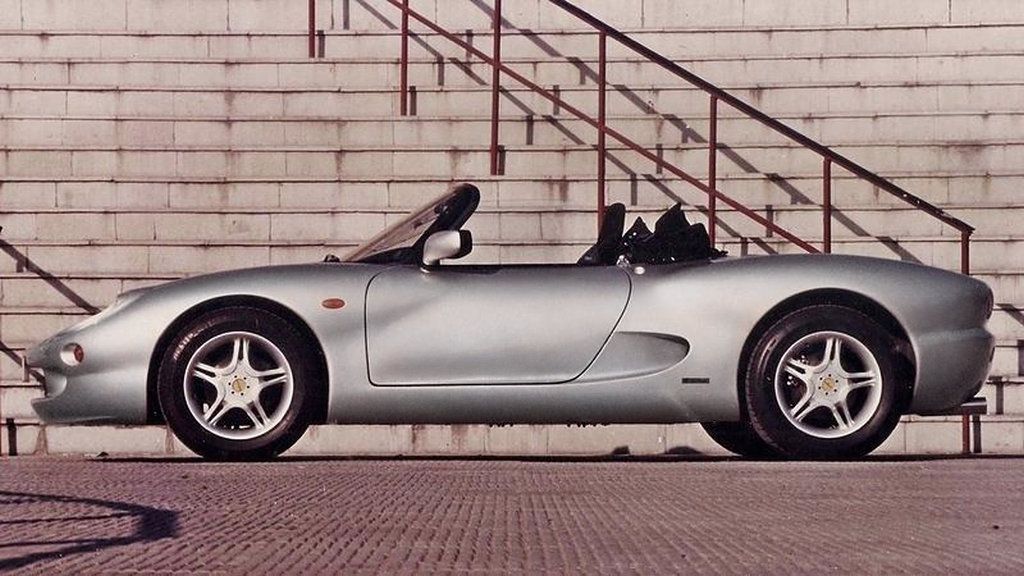

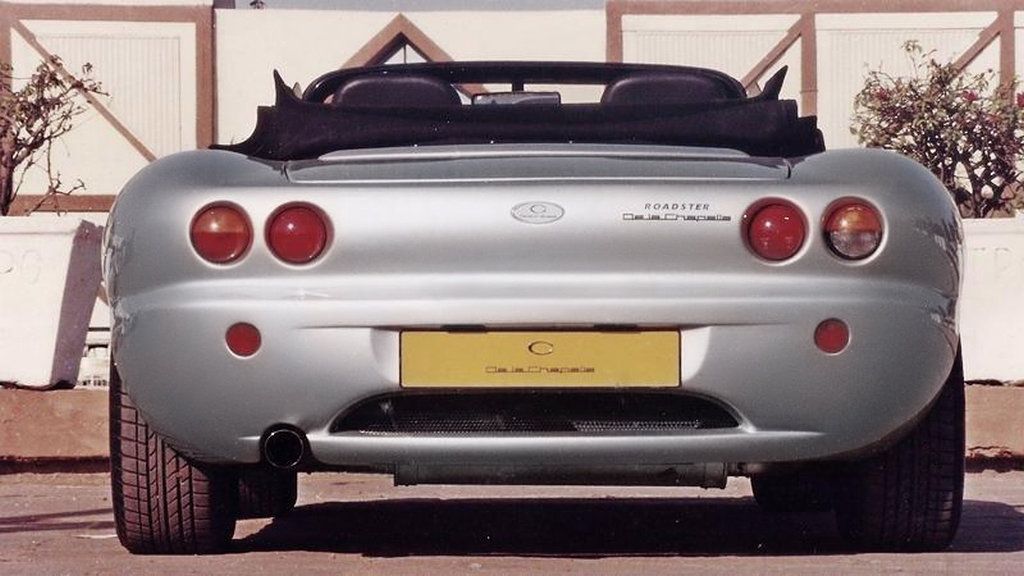
The De La Chapelle Roadster was a sensation at the exhibition. For many of the visitors it was the star of the show. Scores of enthusiasts wanted the car there and then. Though costs and prices had yet to be figured out, people did not seem to baulk at a suggested Rs 12 Lakhs price point.
With the IETF over, the prototype was shipped back to France, so that a right-hand drive version with improved dashboard design, could be readied. For the making of the second prototype, as well as developing the right-hand-drive configuration, it was decided that the highly reputed Le Mans-based engineer Philippe Beloou would be entrusted with it. Beloou, who had designed several Le Mans-winning sports and racing cars, decided to redesign the chassis from a tubular space frame to a more sophisticated tub-cum-spaceframe, with independent double wishbones at the front and a five-link, with coil-over-shock, at the rear.
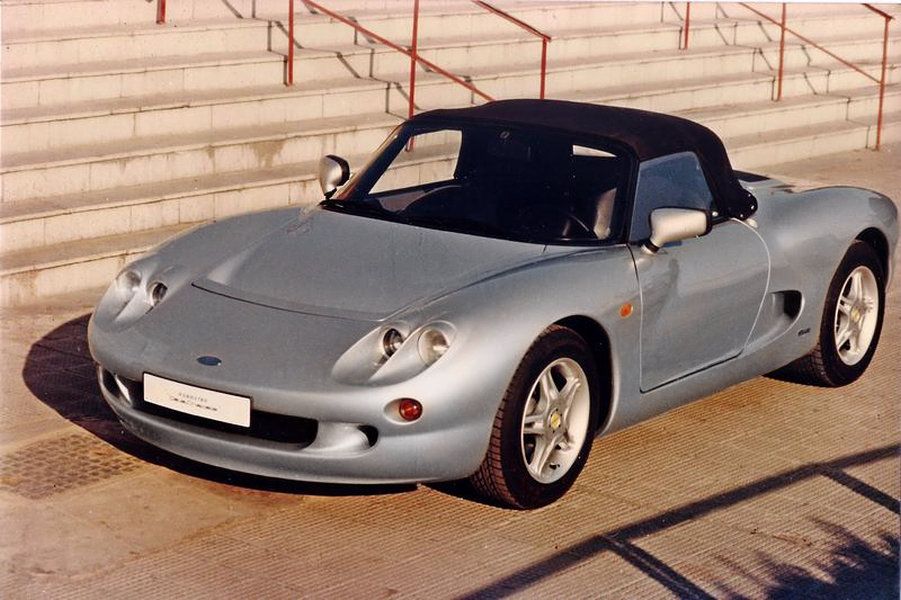
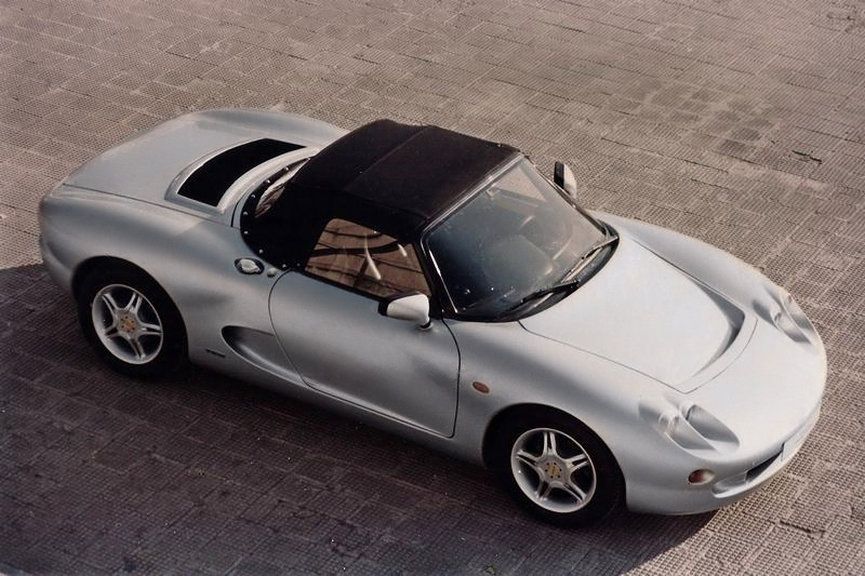
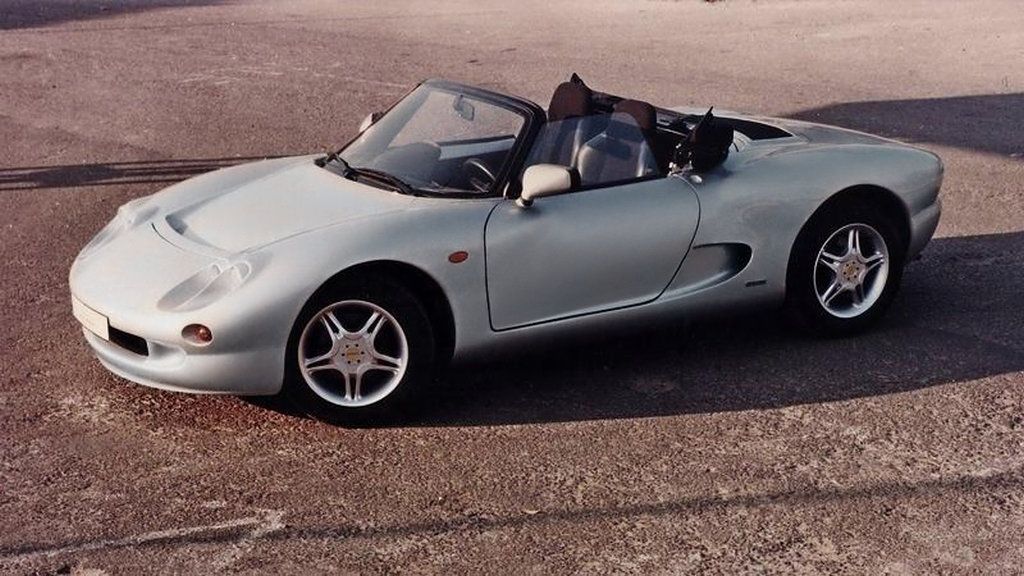
With maximum power at 167bhp, and with the kerb weight at around 900kgs, the De La Chapelle Roadster, was expected to top out at 220 km/h. Sharp handling and excellent dynamics made the Roadster a delight to drive. The tub-spaceframe chassis, though complicated in its engineering, was not too difficult to make, with the aid of jigs and fixtures, which were to be fabricated in France and then shipped across to India. The moulds of the body were to be prepared in France too, and shipped across as well. Thus, making the Roadster did not look too complicated, as the entire drivetrain from Peugeot, the engine, and the six-speed gearbox, as well as the half shafts from the 307 could be bought as a “single unit” and installed in the chassis of the Roadster, thereby simplifying the assembly process markedly.
At a customer price north of Rs 10 Lakhs there seemed to be enough potential for De La Chapelle Roadster. Fate though deemed otherwise.
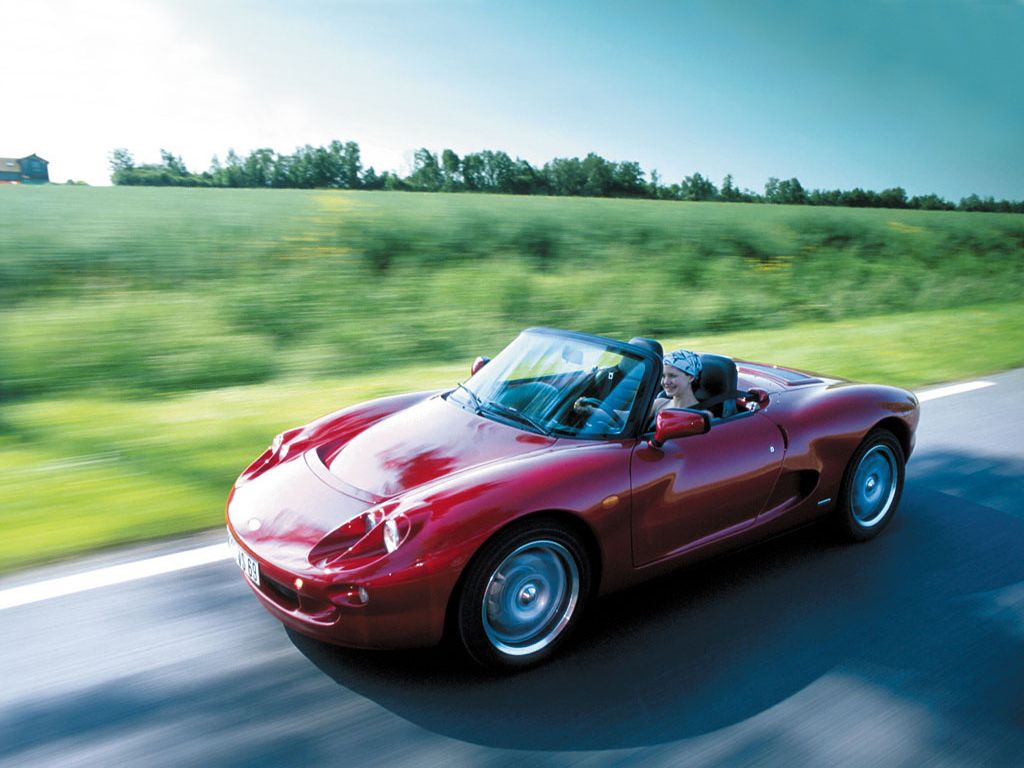
In May 1997, Nikesh’s father Vallabhbhai Thakkar, the main investor in the project, was killed. After the initial sums put into it, money became a problem, as there was a falling out between Nikesh and his brothers. Although developmental work on the right-hand-drive prototype of the De La Chapelle Roadster continued and the car for the Indian marketplace was ready by early 1998, the funding for the rest of the project, for the factory, the toolings and the moulds, dried up, and despite many efforts on the part of Shrikant Shah, the project died a natural death.
Comments
Sign in or become a deRivaz & Ives member to join the conversation.
Just enter your email below to get a log in link.
